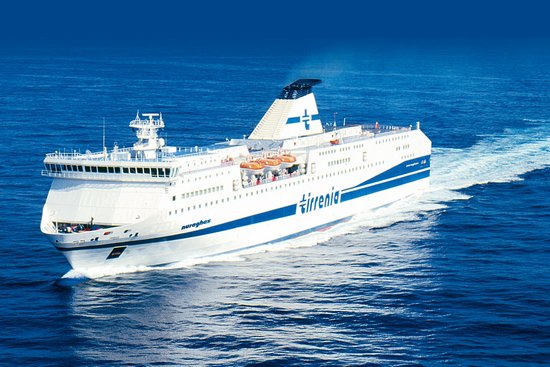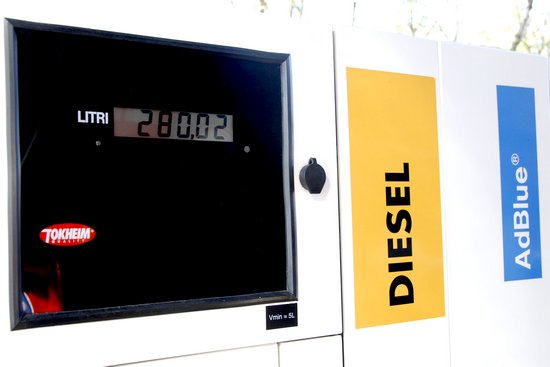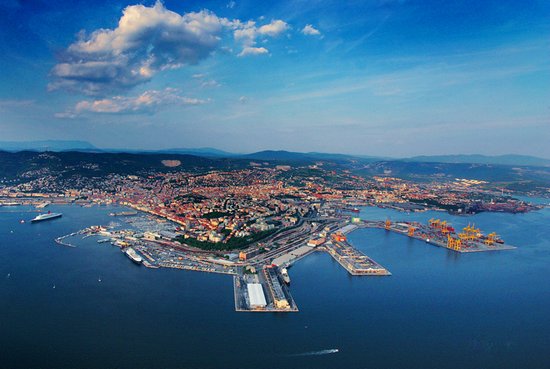In February 2024, air freight transport recorded robust growth, especially in the links between Asia and Europe through maritime-air hubs. This development was triggered by shippers seeking alternative solutions due to maritime transport disruptions caused by Houthi attacks on ships in the Red Sea. WorldACD Market Data, reporting on February 23, also notes anecdotal accounts of key maritime-air hubs such as Dubai, Colombo, and Bangkok being overwhelmed by air cargo in recent weeks. This situation highlights the urgency of goods owners to replenish stocks in Europe, which were reduced due to the diversion of shipping routes from the Suez Canal to the longer journey around the Cape of Good Hope.
An in-depth analysis conducted in the seventh week (from February 12 to 18) by WorldACD Market Data confirms that air cargo volumes directed towards Europe from Dubai, Colombo, and Bangkok have recorded higher levels this year compared to the same period last year. Based on over 450,000 weekly transactions, the analysis reveals that in the first seven weeks of 2024, the three hubs mentioned have increased their air freight volumes to Europe by over 50% compared to the first seven weeks of 2023. Specifically, Dubai-Europe traffic marked a +71% increase, Colombo-Europe tonnage by +61%, and Bangkok-Europe volumes by +58% on an annual basis.
Despite reports of high traffic to Europe via Singapore and Doha as well, volumes from Singapore-Europe and Doha-Europe grew by only +10% and +3% year-over-year, respectively. The Lunar New Year – occurring this year on February 10 compared to January 22 last year – complicates the weekly comparison, but the overall analysis of the first seven weeks clearly shows an increase in volumes to Europe from Dubai, Colombo, and Bangkok. Pricing dynamics remain less clear, influenced by multiple variables, including the Lunar New Year holidays and a general decrease in prices compared to last year.
It is not yet clear whether the high demand for maritime-air solutions will continue significantly beyond the Lunar New Year period, traditionally followed by a drop in volumes and prices. In the seventh week, volumes to Europe from Dubai, Colombo, and Bangkok remained high, with an almost triple increase for Dubai-Europe (+161%) on an annual basis, and doubled for Colombo-Europe (+112%) and significantly high for Bangkok-Europe (+68%).
Globally, the picture shows the effects of the traditional seasonal demand slump from Asia Pacific in the days following the Lunar New Year, with a strong reduction in volumes leading to a further 10% drop in the seventh week, following a similar decline in the sixth. Global average freight rates saw a weekly decrease of 6% in the seventh week, in line with a seasonal pattern quite similar to last year's.
Expanding the comparison period to two weeks, the total tonnages combined for the sixth and seventh weeks of 2024 have decreased by 14% globally, compared to the two weeks prior, with average rates stable and a capacity reduction of 4%. The dominant effect of the Lunar New Year on these figures manifests in a 25% decrease in tonnages from the Asia Pacific. Nonetheless, these volumes remain almost at the same level as the sixth and seventh weeks of 2023 (-1%), despite this year's Lunar New Year occurring nearly three weeks later, indicating a structural improvement over last year.
Year-over-year comparisons show a 1% decrease in total global tonnages for the sixth and seventh weeks compared to 2023, suggesting again a structural improvement in demand levels. With most regions of origin showing a slight to moderate decline, the Middle East & South Asia origin region stands out, recording a year-over-year increase of 22%. This, according to WorldACD analysts, could be a further indication of the conversion of Asia Pacific-Europe maritime freight traffic into maritime-air volumes.
On the pricing front, global average freight rates of $2.24 per kilo in the seventh week are 16% lower than last year's levels, with rates from Europe and North America down by 32% and 21%, respectively. However, global average rates remain higher than pre-Covid levels (+26% compared to February 2019). Analysts conclude that the overall capacity of global air transport remains significantly above last year's levels (+9%), with double-digit percentage increases from Asia Pacific (+18%) and the Middle East & South Asia (+11%), marking a significant recovery and adaptation phase for the sector in response to global logistical challenges.


































































